Biography
of Julia Lois Dreyfuss
Pictures of Julia Lois Dreyfuss
When Louis-Dreyfus decided to pursue her dream of becoming an actress more seriously, she still didn't head for New York City, but to Chicago, and Northwestern University, where she became the only female member of the university's Practical Theater Company, an improv troupe founded by her future husband, Brad Hall. Louis-Dreyfus quickly proved herself deft at both straight drama and comedy, but the latter genre�and in particular, her hysterical impersonation of televangelist Tammy Faye Bakker�gained her the most favorable notice. Moonlighting with the renowned Second City improv group (a career launching pad for the likes of John Belushi, Gilda Radner, and Bill Murray) provided Louis-Dreyfus with even more professional credits. In 1982, as a college junior, she and Hall were invited to join the ensemble cast of Saturday Night Live. During her tenure on S.N.L., Louis-Dreyfus distinguished herself with notable caricatures of Liza Minnelli and Linda Ronstadt, and by appearing in a regular sketch as the incredibly self-involved host of "The Julia Show." It was then that the seeds of Elaine's madness were planted.
Though Saturday Night Live certainly provided her a showcase for her comedic skills, Louis-Dreyfus, together with Hall, bailed out on the show in 1986, after three hectic seasons. The couple moved to L.A. and married the following year. During the same period, Louis-Dreyfus landed a small part in the Chevy Chase vehicle National Lampoon's Christmas Vacation. A role as a yuppie stockbroker turned day-care worker in an ephemeral television series, Day by Day, followed�it barely merited a footnote in TV history. The disappointment and unemployment that followed from the failed sitcom didn't get her down for long: in 1989, Louis-Dreyfus was routed a copy of a script for a semi-autobiographical sitcom based on the life of stand-up comedian Jerry Seinfeld. The show would be called Seinfeld, and would star�who else?�Jerry Seinfeld. Though Seinfeld and co-creator Larry David were forced to develop a female foil by NBC decree, they responded immediately to Louis-Dreyfus's wit and intelligence; the character of Jerry's high-strung confidante and ex-girlfriend Elaine Benes was unleashed on an unsuspecting public. Louis-Dreyfus didn't balk for an instant about signing on as the only woman in the show's otherwise all-male cast o' losers (the dramatis personae included Michael Richards in the role of Jerry's oddball neighbor, Kramer, and Jason Alexander in the role of Jerry's dyspeptic, kvetchy friend, George Costanza), and from the very beginning, her secret for survival in this boys' club was to "treat each of them as one of the girls."
Four seasons into its run, Seinfeld had managed to attract its fair share of diehard fans, but its success remained only modest until it inherited the cushy time slot following the ever-popular Cheers. Thanks to that schedule change, the series shot up into the Top 10. Seinfeld remained entrenched in the Top 10, a fact that prompted Louis-Dreyfus to comment�quite controversially, it turned out�in a Rolling Stone interview: "The reality is that these four characters are a pathetic group, and they should disassemble promptly. . . . They do terrible things to one another. And yet they continue to hang out. … This is a sick group of people."
Seinfeld
indeed offered a blackly sociopathic worldview, but with the number of awards
Louis-Dreyfus placed on her mantle (she snagged a Golden Globe in 1993 and
carried home an Emmy for the 1995-96 season) over the course of the sitcom's
run, she wasn't heard to complain much. On the home front, she and Hall welcomed
their first child, a son named Henry, in 1992, and then a second son, Charles,
in 1997. (Louis-Dreyfus managed to disguise her pregnancies while filming
the series by wearing loose clothing and by carrying large objects in nearly
every episode.) Now that Seinfeld's ninth and final season is over,
Louis-Dreyfus will likely re-focus her energies on her big-screen career;
she recently appeared in Woody Allen's Deconstructing Harry and lent
her distinctive diction to Disney's A Bug's Life.
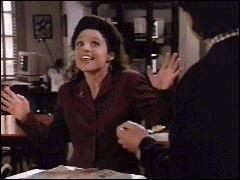 |
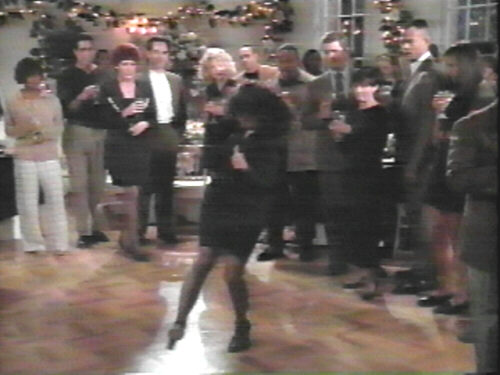 |
 |
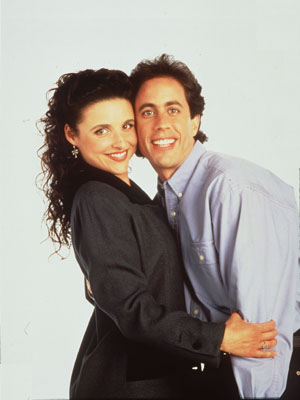 |
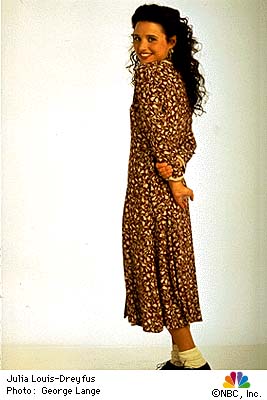 |
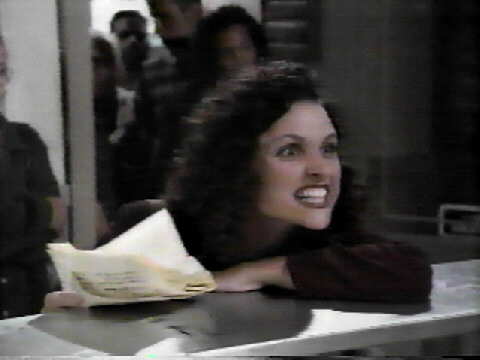 |
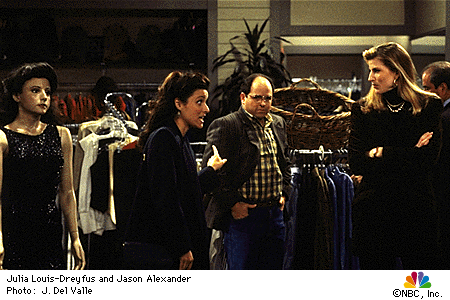 |
 |
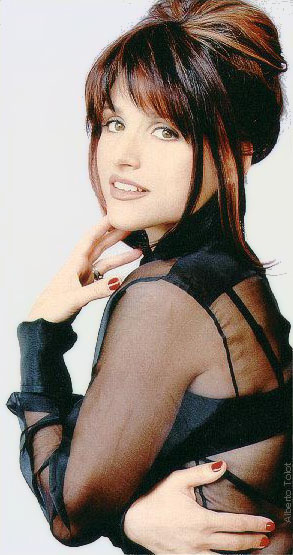 |
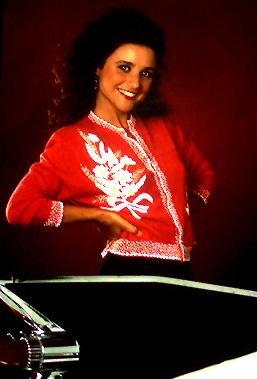 |
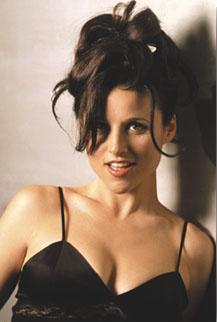 |
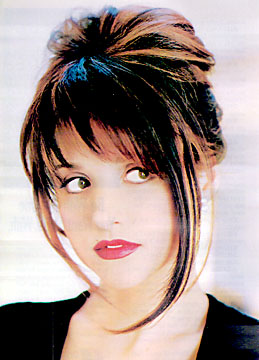 |
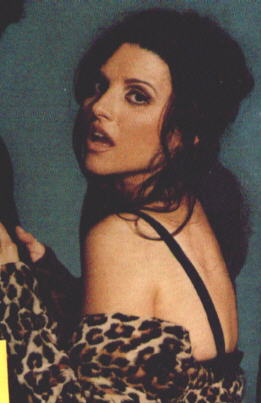 |
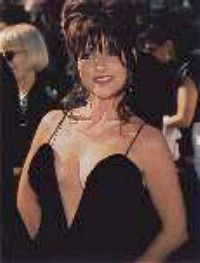 |
 |
 |
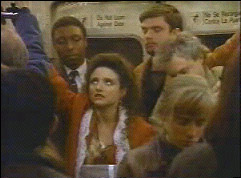 |
 |
 |
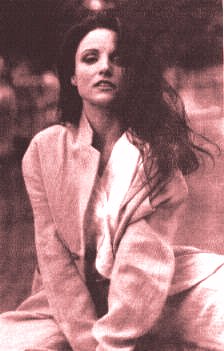 |
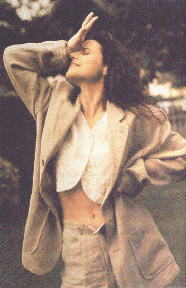 |
 |
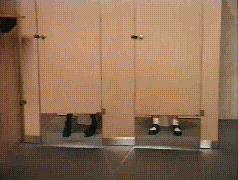 |